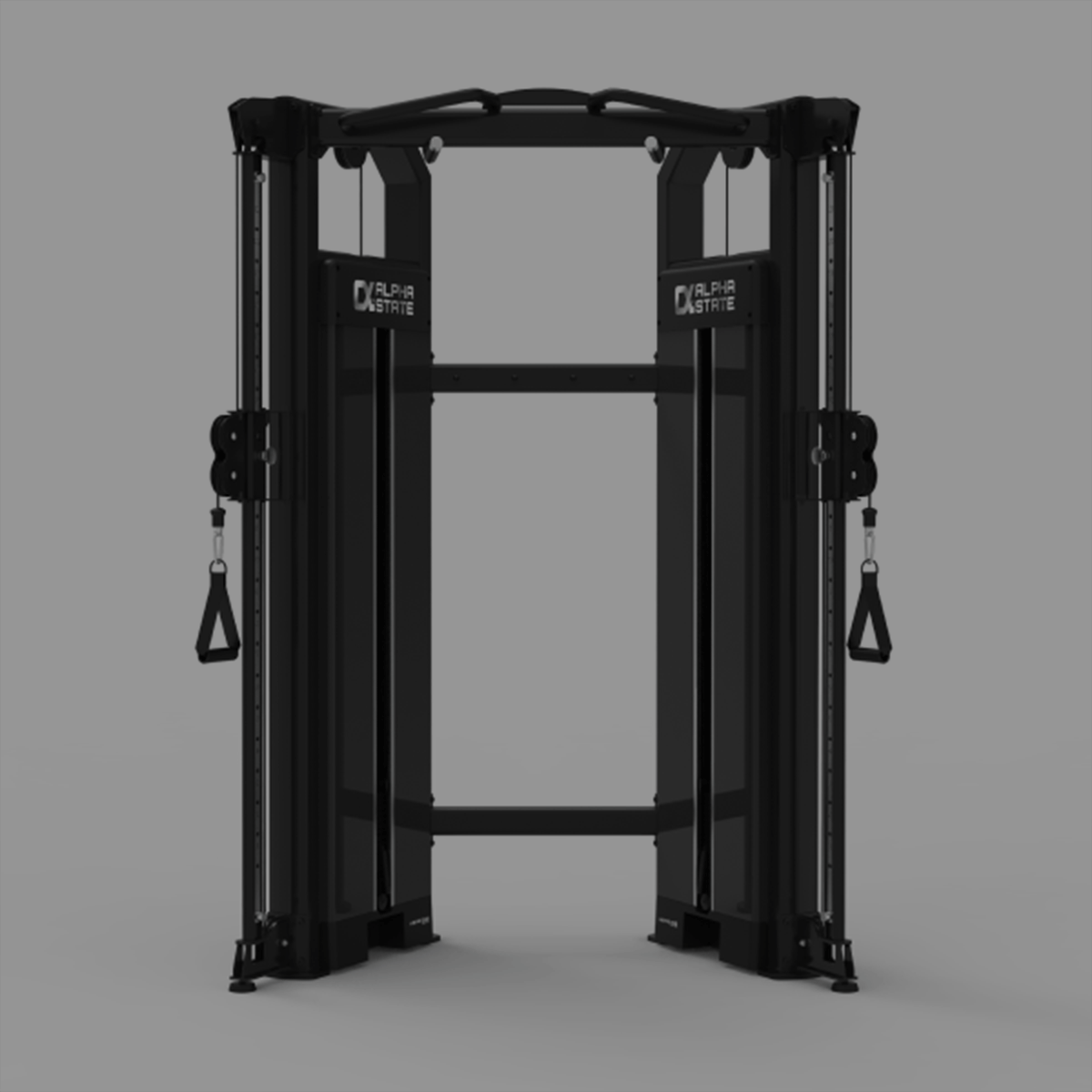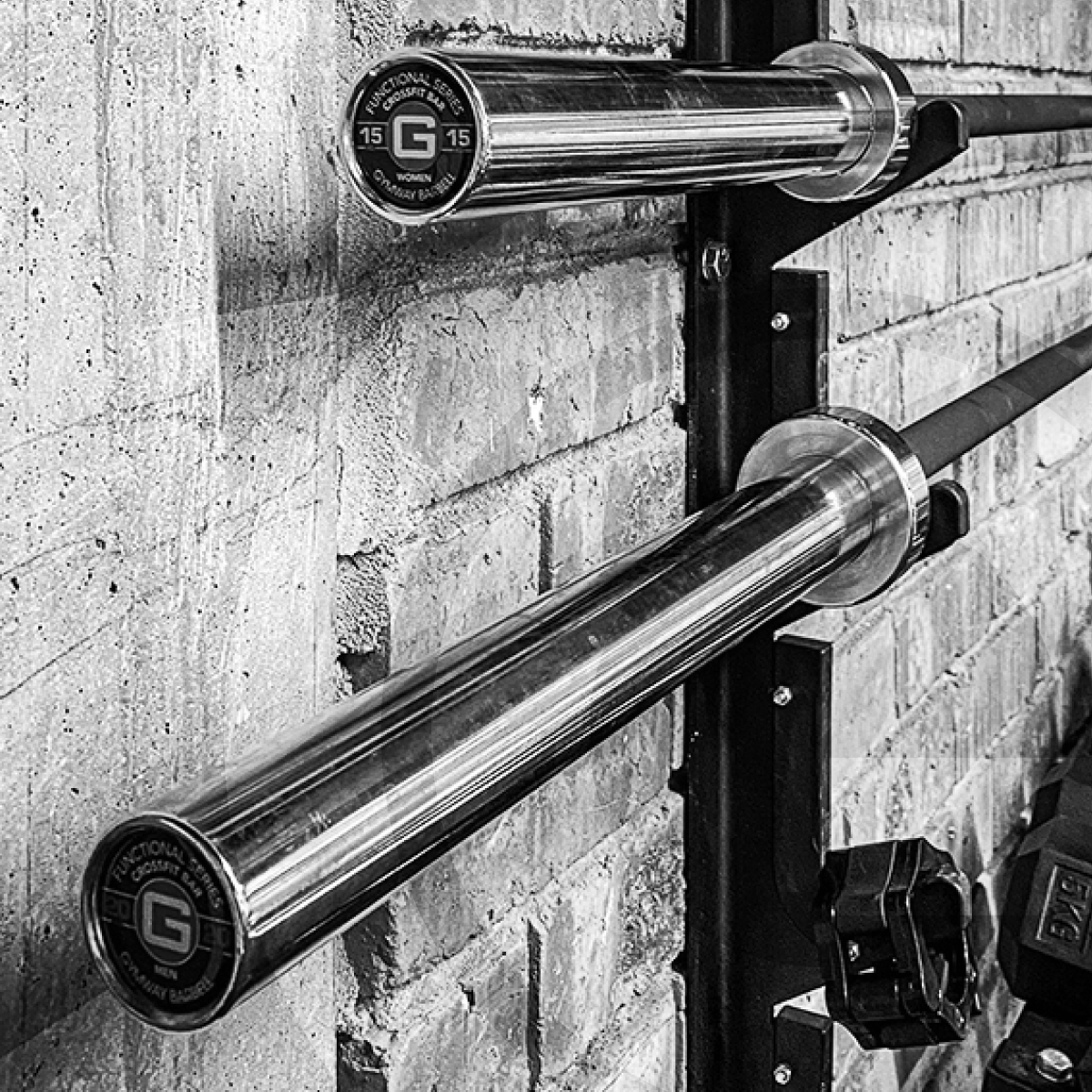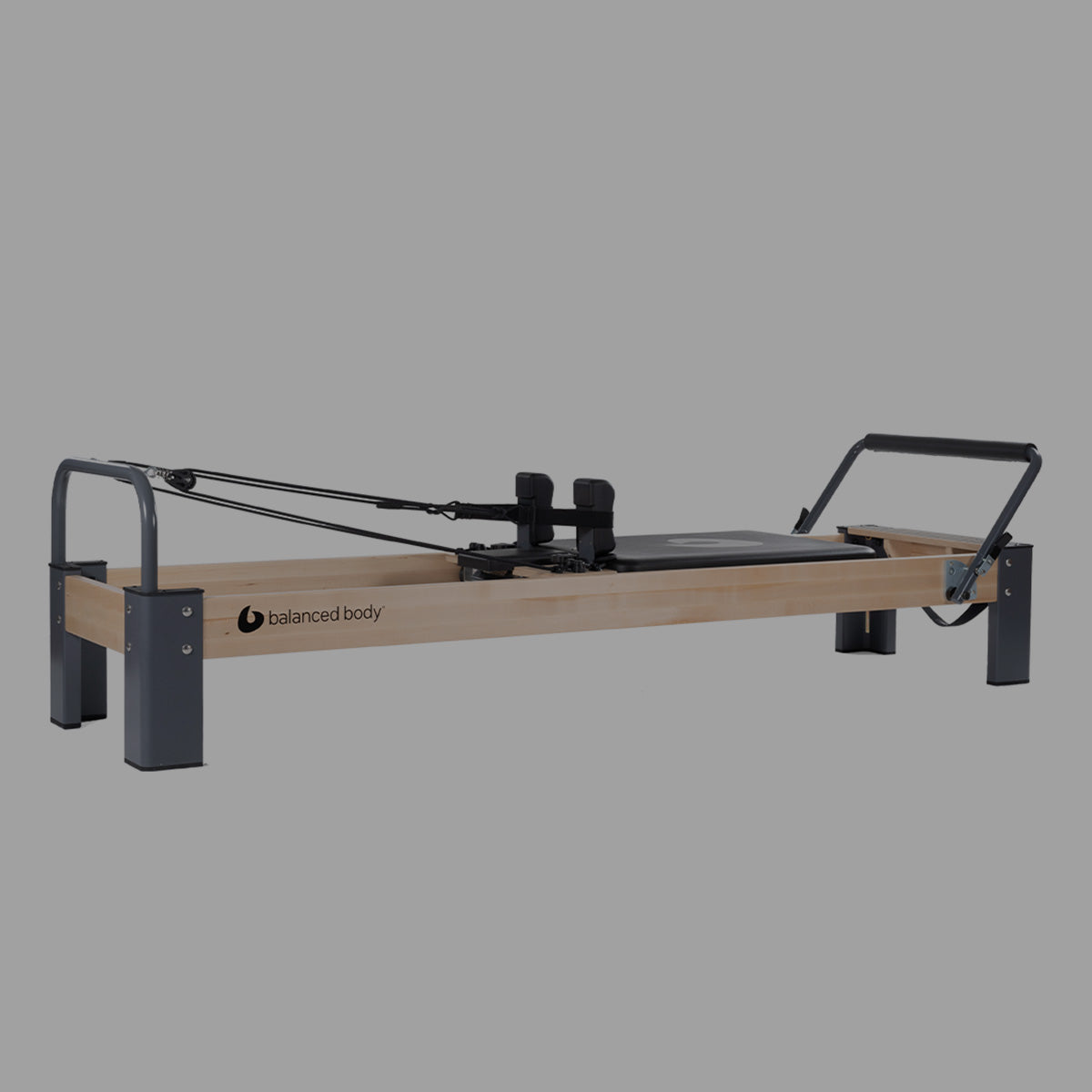Functional fitness rigs have become a cornerstone of modern gyms, offering versatility, space efficiency, and modularity that suit various training needs. From personal home setups to bustling commercial fitness facilities, these structures enable an array of workouts, making them a popular choice for fitness enthusiasts and gym owners alike. This guide explores the types, configurations, and functionality of functional fitness rigs, as well as their cost-effectiveness and customisation options.
1. Wall-Mounted vs. Free-Standing Rigs
Wall-mounted rigs are ideal for space-conscious gyms or home setups. These rigs attach to walls, providing stability while minimising the footprint. Just two uprights and three 1.1m crossbeams form a stable squat rack, with integrated suspension training and pull-up functionality. Wall-mounted rigs can be scaled according to the space by adding additional squat stations separated by 1.8m crossbeams.
In contrast, free-standing rigs offer greater flexibility and are typically used in larger commercial settings. They can accommodate multiple users simultaneously and allow for attachments on all sides, making them suitable for a broader range of workouts. These rigs also provide the advantage of not requiring wall anchoring, which can be a critical factor in certain facilities.
1. Rig Attachments for Enhanced Functionality
Attachments play a pivotal role in increasing the versatility of rigs. Some popular options include:
- Dipping stations: To target triceps and chest muscles
- Landmine sleeves: Enabling rotational and pressing movements
- Battle rope anchors: For cardio and conditioning exercises
- Wall ball targets: Adding a functional training dimension
- Nordic Curl Attachments: To help targeted hamstring training
- Bulldog Pads: To support bent over row exercises
These accessories transform a rig into a multi-use training hub, making it suitable for strength training, calisthenics, and functional workouts.
3. Cost-Effectiveness of Functional Rigs
While the upfront cost of a rig might seem significant, its long-term value is substantial:
- Durability: High-quality rigs are built to withstand heavy use and last for years.
- Versatility: A single rig can replace multiple pieces of equipment, reducing overall spending.
- Customisation: Modular options ensure you only pay for what you need, with the flexibility to expand later.
For budget-conscious buyers, basic configurations provide essential functionality without breaking the bank, while advanced setups cater to professional gyms with higher initial investments.
4. Custom Rig Storage Solutions
Efficient storage is essential in any gym, and rigs often integrate storage options for a streamlined workout area. Custom storage solutions allow users to tailor their setup, incorporating: Kettlebell, dumbbell, ball and weight-plate shelving, as well as barbell holders.
For instance, systems like the AlphaState 1.8m Custom Storage Unit, uses the same robust uprights as fitness rigs, ensuring durability and a seamless aesthetic match. These solutions keep the gym organised and ensure equipment is always within reach at a centralised hub.
Conclusion
Functional fitness rigs are a must-have for gyms of all sizes, offering versatility, efficiency, and value. From basic wall-mounted units to sprawling free-standing complexes, these rigs adapt to various training needs and spaces. With modularity, extensive attachment options, and integrated storage, they represent a smart investment for personal and commercial gym setups.




















Leave a comment
This site is protected by hCaptcha and the hCaptcha Privacy Policy and Terms of Service apply.